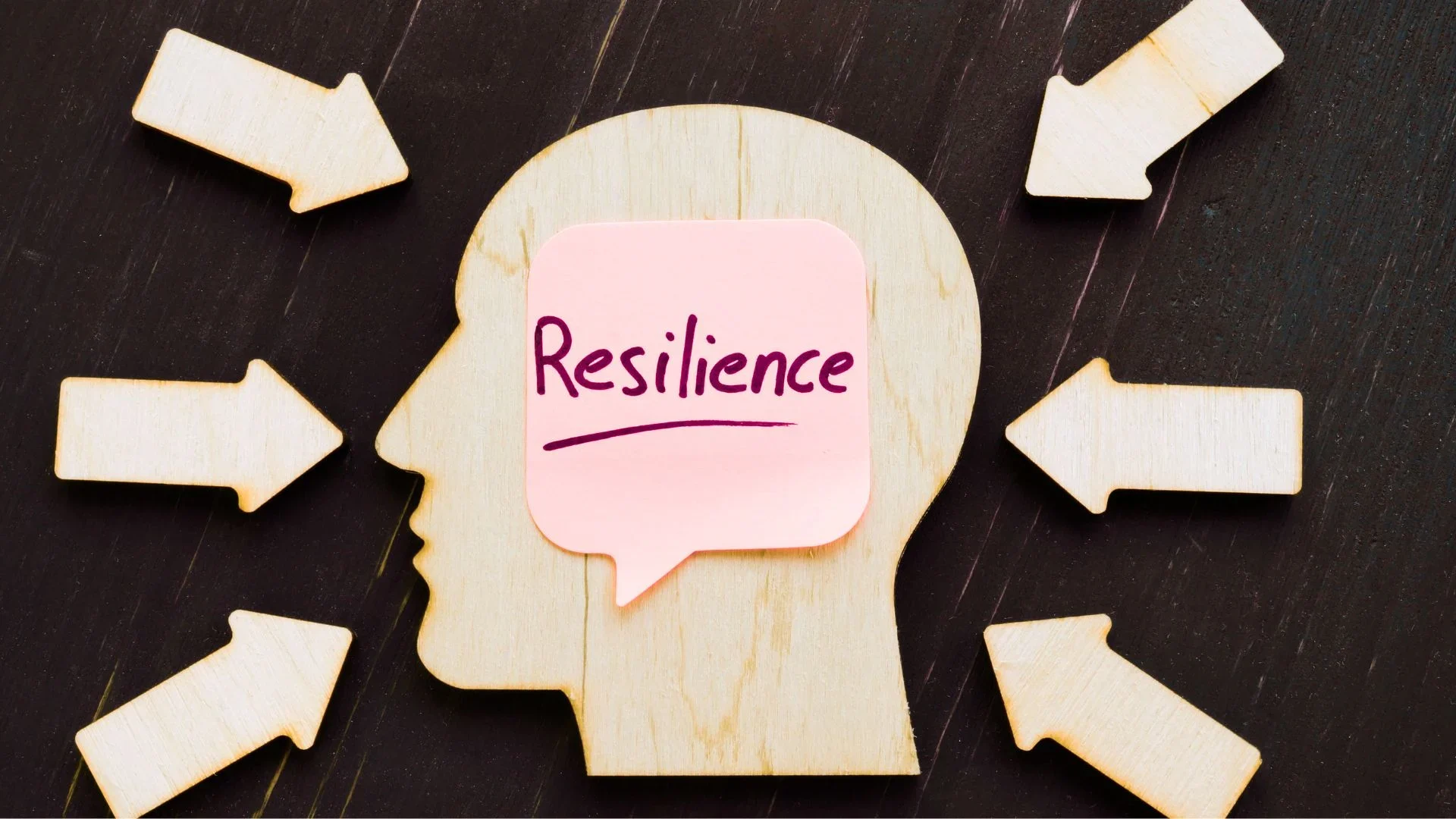Uncertainty has always been a part of leadership, but in recent years, the pace and scale of change have intensified. Economic instability, political transitions, global crises, and rapid technological shifts have forced leaders to navigate terrain that feels unpredictable and overwhelming.
Yet history and experience show us one powerful truth: what separates successful leaders from the rest is not their ability to predict the future, but their ability to remain resilient when the future is unclear.
Resilient leadership is the art of facing challenges with strength, adaptability, and vision. It is the quality that keeps organizations moving forward, even when everything around them feels uncertain.
What is Resilient Leadership?
Resilient leadership goes beyond simply bouncing back from setbacks. It is about the ability to learn, adapt, and grow through adversity. A resilient leader does not just survive storms, they thrive in them by turning obstacles into opportunities.
Key traits of resilient leaders include:
- Adaptability: Embracing change instead of resisting it.
- Emotional Strength: Remaining calm and grounded in times of stress.
- Clarity of Vision: Staying focused on long-term goals, even when short-term disruptions occur.
- Empathy and Support: Helping teams navigate uncertainty together.
- Strategic Decision-Making: Balancing risk with opportunity.
Why Resilient Leadership Matters in Uncertain Times
Uncertainty can easily paralyze teams and organizations. Without resilient leadership, fear and confusion spread quickly, reducing morale and productivity. Leaders who show resilience provide stability, courage, and hope.
For example, during the COVID-19 pandemic, countless organizations faced unprecedented challenges. Some collapsed under the weight of uncertainty, while others thrived by quickly adapting to new realities. What made the difference? Leadership rooted in resilience.
Resilient leaders inspire trust by showing confidence and calmness in the face of change. They communicate openly, acknowledging challenges without losing sight of the bigger picture. This creates a sense of psychological safety that empowers teams to stay engaged and innovative, even in tough times.
African Examples of Resilient Leadership
Across the African continent, many leaders exemplify resilience in action.
- Ellen Johnson Sirleaf, the former president of Liberia, demonstrated resilience during the Ebola outbreak. Despite fear and uncertainty, she maintained steady leadership, coordinated international aid, and strengthened health systems. Her resilience not only helped the country survive but also rebuild trust in governance.
- Aliko Dangote, Africa’s richest industrialist, has built an empire despite navigating multiple financial crises, regulatory changes, and economic downturns. His persistence and ability to adapt to changing markets underscore the power of resilient leadership in business.
- Wangari Maathai, Nobel Peace Prize laureate from Kenya, led the Green Belt Movement despite resistance and threats. Her resilience in pursuing environmental and social justice continues to inspire leaders globally.
These examples show that resilience is not about avoiding hardship, it is about moving forward with courage and conviction, regardless of obstacles.
How to Build Resilience as a Leader
Resilience can be learned and developed. Here are practical ways leaders can strengthen their resilience:
- Develop a Growth Mindset
View challenges as opportunities to learn rather than threats. This mindset shift transforms setbacks into stepping stones. - Strengthen Emotional Intelligence
Manage your emotions and respond to stress with composure. Leaders who remain calm help teams stay grounded. - Prioritize Self-Care
Resilience requires energy. Protect your mental, emotional, and physical health through rest, reflection, and renewal. - Communicate Clearly and Consistently
In uncertain times, silence breeds fear. Keep communication open and transparent to build trust. - Empower Your Team
Encourage innovation and collaboration. Resilient teams support resilient leaders, and vice versa. - Keep the Long-Term Vision in Sight
While addressing short-term challenges, never lose sight of the bigger mission. This helps you stay anchored.
Turning Setbacks into Setups for Growth
Resilient leaders recognize that uncertainty often paves the way for innovation. Times of disruption create space for new ideas, strategies, and solutions. Leaders who stay open to possibility can turn setbacks into setups for lasting impact.
For instance, many African entrepreneurs used the pandemic to pivot their businesses online, embracing digital tools that expanded their reach beyond their local communities. What seemed like a crisis became an opportunity for growth and transformation.
Final Thoughts
Resilient leadership is not about predicting what comes next, it is about being prepared to lead through whatever comes. In uncertain times, resilience inspires trust, keeps teams engaged, and opens doors to new opportunities.
As a leader, uncertainty will always be part of your journey, but resilience ensures that uncertainty never has the final word. By choosing adaptability, clarity, and courage, you can thrive in any environment, no matter how unclear the future may seem.
Stay Connected with FOCN
Be part of our thriving network of young women leading with confidence and grace.
Join the You Inspire Community Today.
Follow us on:
- Instagram: @focn_leadership_academy
- Facebook: Face Of Congenality Nigeria
- LinkedIn: Face of Congeniality Nigeria
You might also like: The Power of Curiosity: Why Lifelong Learning Fuels Wisdom







